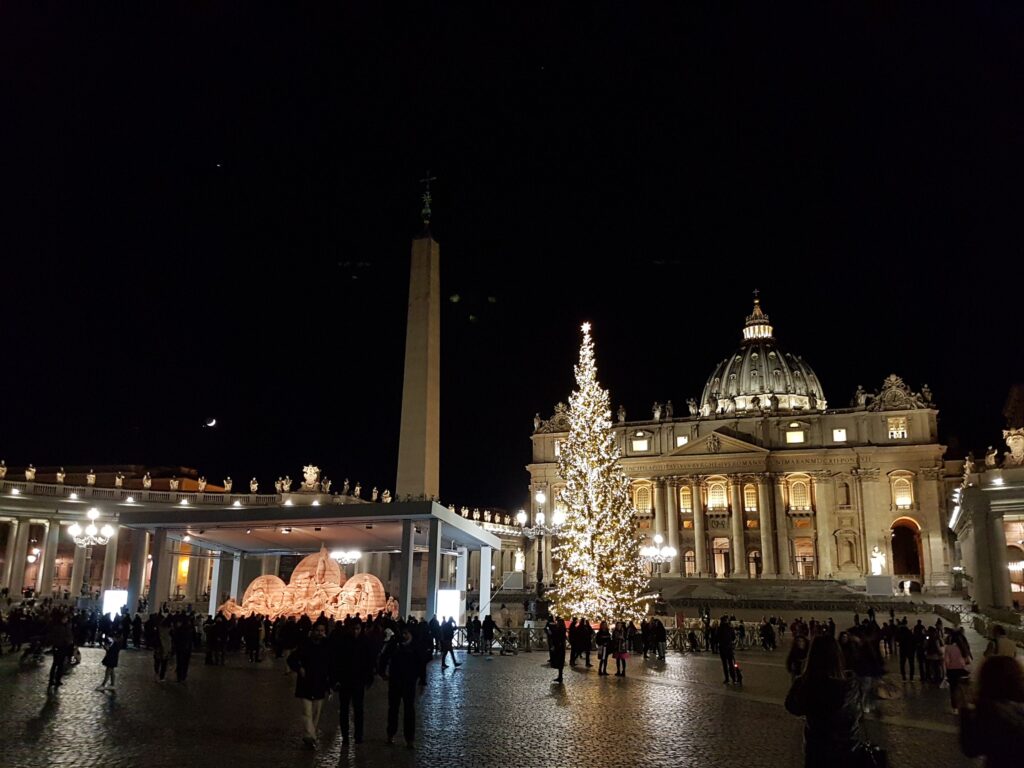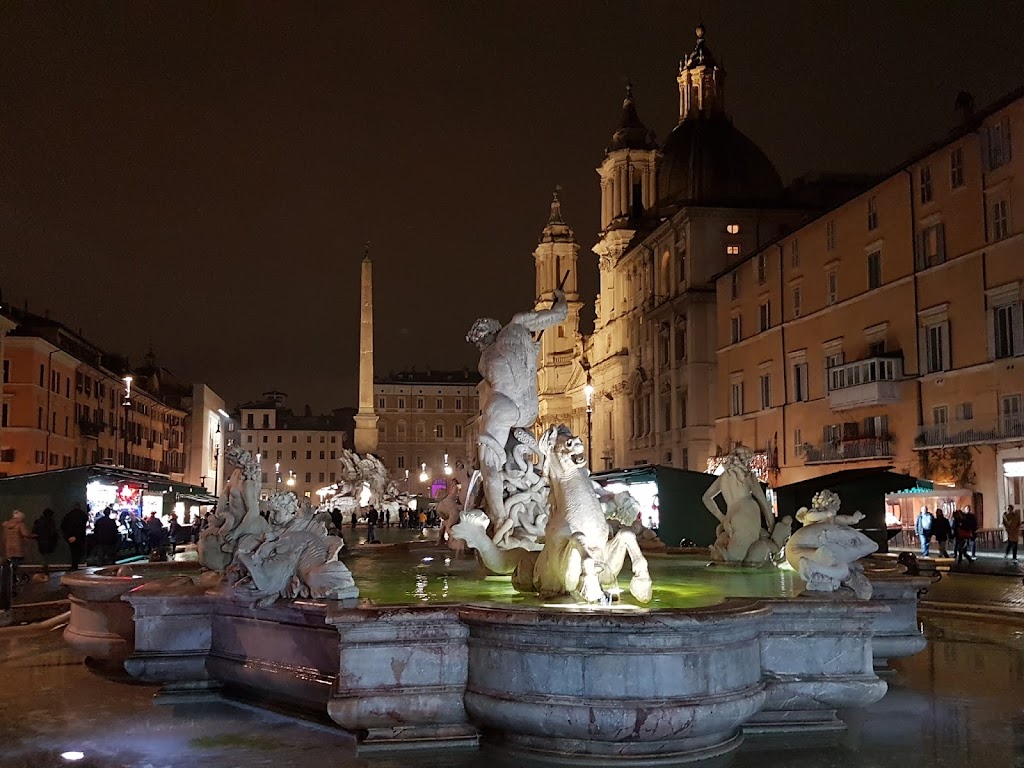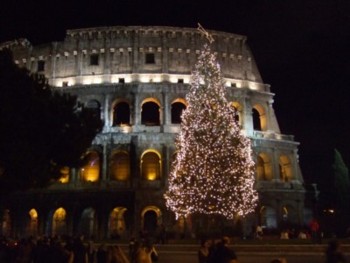The sun shines through most of the winter in Rome. It can get a bit nippy sitting at outdoor cafe tables, but the city is vibrant and alive during the colder months of the year.
Snow is almost unknown in Rome, and even on the coldest days in winter, the sun usually makes a generous appearance. Locals wrap up in sleeping-bag coats, muffled up to their noses, but there really aren’t many days that feel very cold to someone from a cooler climate. Heating in Rome (usually centralised) is generally switched on in mid-November. Temperatures vary throughout the winter; sometimes a cold wind can send a chill through the streets, at other times it’s mild enough to eat outside, even in February. Many restaurants and bars have heaters above outdoors tables, and continue to serve customers. You’ll need a coat, gloves and scarf, but don’t forget your sunglasses.
Visitors to Rome over Christmas will doubtless head for the Vatican. Highlights of the season are the Papal Midnight Mass on Christmas Eve, and the Pope reading his Christmas message in the piazza in front of St. Peter’s at noon on Christmas Day. In St. Peter’s Square there is also a famous life-size nativity scene.
The Christmas period in Rome really begins on the 8th December, the festival of the Immaculate Conception, when the Pope pays a visit to the Spanish Steps, and flowers are placed over a statue of Mary. He then moves on to give mass at the church of Santa Maria Maggiore. The last big religious date is the 6th January, Epiphany. For Romans this is the feast of the Befana, an old lady from a folkloric version of the Christmas story, who brings gifts to children and sweeps floors. You will see the Befana represented in many forms at the Christmas Market in Piazza Navona, and also during the Epiphany parade of colourful characters and floats leading up to the Vatican.

As well as the grand display outside St Peter’s, and a smaller effort in Piazza Navona, other nativity scenes (presepi) can be seen in most of Rome’s churches. These are important destinations for Italian visitors, and it’s worth inspecting one or two. Some have fascinating details, and even feature day-into-night lighting effects. If you are really keen, there is a large exhibition of presepi in the Sala del Bramante by Piazza del Popolo (admission charge). In our apartment block, the dour porter used to set up a large nativity scene; all the figurines lovingly displayed – apart from the baby Jesus, who usually doesn’t make his appearance in the crib until Christmas. One year the courtyard was even ornamented with a large Christmas tree which played a jaunty ‘Jingle Bells’ every time someone walked past.
At the Christmas Market in Piazza Navona you can buy the components for your own nativity scene, as well as sweets, wooden toys and all sorts of Christmas-related ornaments and goodies. Shoppers can marvel at the elaborate additions to nativity scenes, from working waterfalls to moving bakery scenes (in which the bakers look suspiciously like pizza chefs).

Those interested in Christmas shopping will find the main shopping streets sparkling with festive lights and packed with shoppers. Groups of busking musicians, often dressed as Santas, play cheerful seasonal tunes. Many shops lay down red carpeting on the pavements (which quickly gets filthy), and the last few years have seen an invasion of large inflatable Santa Clauses. As well as the Christmas lights, a giant Christmas tree appears in the centre of town, in Piazza Venezia or by the Colosseum. (Rome is somewhat safer than Naples: a similar giant tree was stolen from the centre of Naples one recent Christmas).
Rome is full of good places to buy presents: hundreds of little food shops are packed with goodies to take home. Other good Roman gifts include gloves and accessories (try the shops around the Spanish Steps) and kitsch souvenirs (anywhere near the Vatican). Two of our favourite present-shopping destinations are the Bottega del Cioccolato on Via Leonina and stylish stationers Fabriano on Via del Babuino, which stocks various Italy-themed items. Most non-food shops will wrap gifts for you free of charge, in shiny packaging.
The winter is a good time for those interested in cultural events, or the Italian way of life. During the summer, Rome empties as locals head on holiday, bars, clubs and theatres close down. Theatre seasons usually run, like the football, from autumn to spring. There aren’t as many festivals as there are in the summer, but you are more likely to catch regular performances of shows during your visit. On the shopping days before Christmas, and around the Italian bank holiday of 8th December, the streets can rather busy, but usually the tourist sights are not too busy in the winter. Thanks to the sunshine and the mild climate, it can be a pleasant winter treat to sit outdoors with a steaming cup of rich hot chocolate or vin brulé (mulled wine).
On this site
